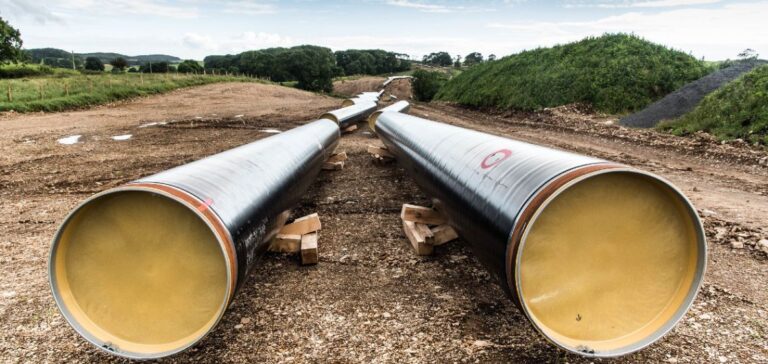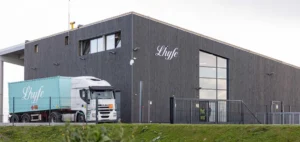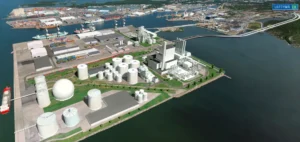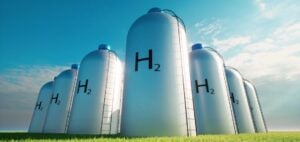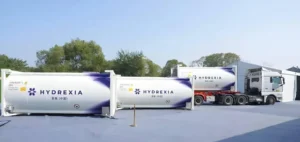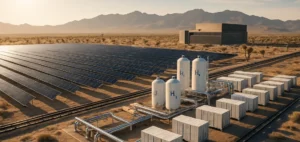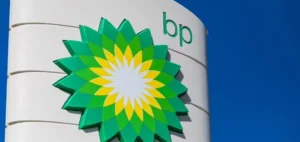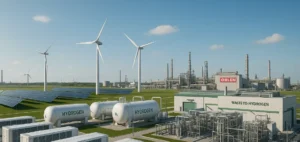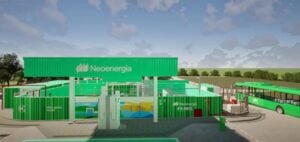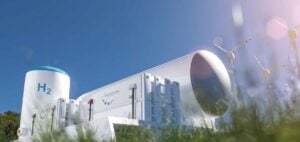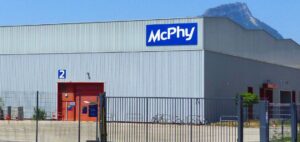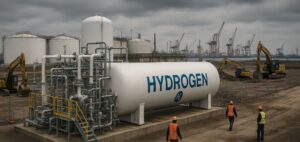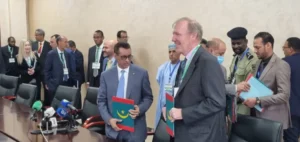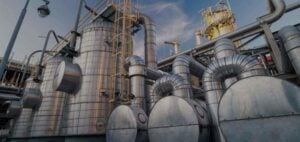A renewable hydrogen corridor, H2MED, will link Spain, Portugal and France to the European grid.
An interconnection project
The corridor is the result of the combined strengths of four transmission system operators. They decide to join forces to submit a new candidate to the European Commission’s list of Projects of Common Interest (PCI). Thus, H2MED could benefit from facilitated authorization procedures and funding support.
The Spanish (Enagás), the French (GRTgaz and Teréga) and the Portuguese (REN) sign a Memorandum of Understanding. They declare an intention to collaborate on energy infrastructure. The leaders of these three countries make the symbolic choice to ratify the commitment to H2Med during the Euromed summit.
They agreed that the project would focus on developing energy interconnections between the three countries. However, the H2MED project also foresees the implementation of renewable energy infrastructures. Thus, a renewable hydrogen interconnection will link Portugal and Spain and then Marseille via a maritime connection.
The companies want to put the infrastructure into service by 2030. Its estimated capacity will then be up to 2 million tons per year of renewable hydrogen. This quantity will allow H2Med to meet 10% of the expected consumption in Europe in 2030.
A European strategy
Transportation system operators are already collaborating by producing technical recommendations for their respective governments. This is a real example of cooperation in European decarbonization supported by the European Union. These companies are innovating to play a key role in European gas infrastructures.
The development of a renewable hydrogen corridor is part of the perspective of a carbon neutral Europe. Thus, the project is part of the “European Hydrogen Backbone” initiative. This scheme relies on existing and new pipelines to enable the development of the European hydrogen market.
Europe hopes to increase its competition in the market. Thus, it aims to become a world reference in renewable energy. Indeed, H2Med will support the European economy by creating many jobs.
H2MED will notably support the objective of industrialization and innovation on the continent. Finally, thanks to this commitment, Europe intends to establish its sovereignty and secure its supply by producing as much as possible on its territory. The next step is to extend this hydrogen corridor to Northern Europe.

